China flies to the Moon to bring back soil samples
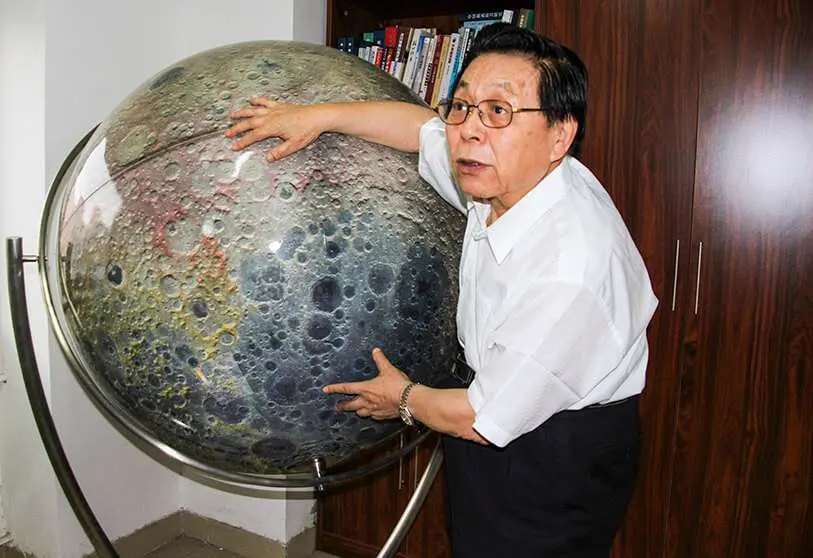
China has just taken a great leap forward in its race with the United States to be at the forefront of space exploration. President Xi Jinping has authorised and witnessed the launch of the first unmanned mission of the 21st century to bring a batch of lunar soil samples to Earth, the first time this has occurred since 1976.
The launch took place on November 23 at 21:30 Spanish mainland time, 4:30 am on November 24 in Beijing, from Wenchang Space Centre on Hainan Island, 2,700 km from the Chinese capital. It was carried out by a Long March 5 launcher, the most powerful in the Chinese space arsenal. It carried the robotic spacecraft Chang'e-5 -the moon goddess of Chinese mythology- which is due to perform the riskiest mission ever carried out by the Chinese National Space Administration (CNSA), the state organisation equivalent to the United States' NASA.
In essence, what the Chinese engineers and scientists want is for Chang'e-5 to land on the visible side of the moon, collect up to two kilos of soil and rocks from the surface and underground and transfer them to the Earth. To get an idea of the difficulty of the task entrusted, it is worth remembering that Luna 24, the last Soviet robotic mission, travelled in August 1976 and returned shortly afterwards with only 170 grams of samples.
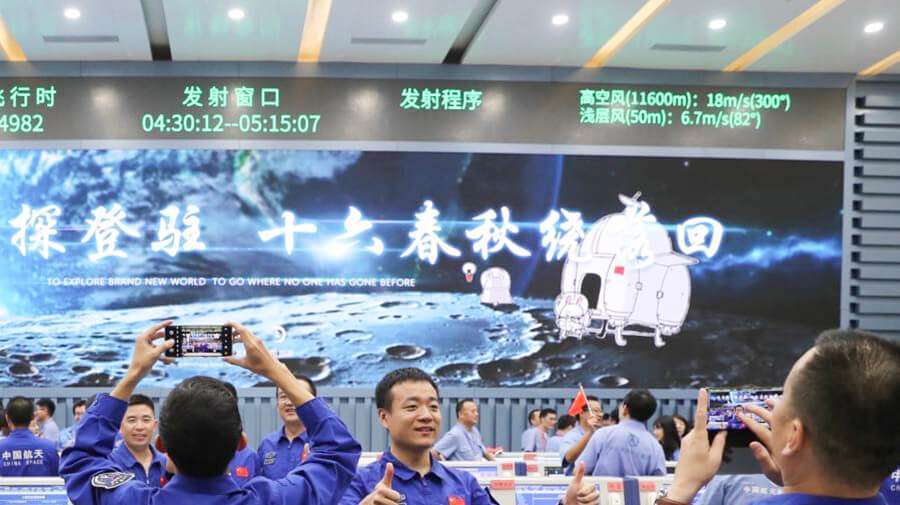
To enable Chang'e-5 to do its job, the Long March 5 launcher will follow a trajectory that should position the spacecraft around the moon by 27 November. The 8.2-tonne launcher consists of four components: an orbiter, a lander, an ascent module, and a return capsule, responsible for the propulsion of the Long-Range 5 rocket once it has deposited the Chinese probe in space.
Chang'e-5 does not incorporate any small off-road exploration vehicles like its predecessors Chang'e-3 and Chang'e-4, which landed on the moon in December 2013 and December 2018, respectively. Instead, it has a fourth element, which is the most critical of the mission. This is the ascent vehicle, which will accompany the surface module to the Moon, but will leave it to meet the orbital module carrying the samples collected and take the path to Earth together.
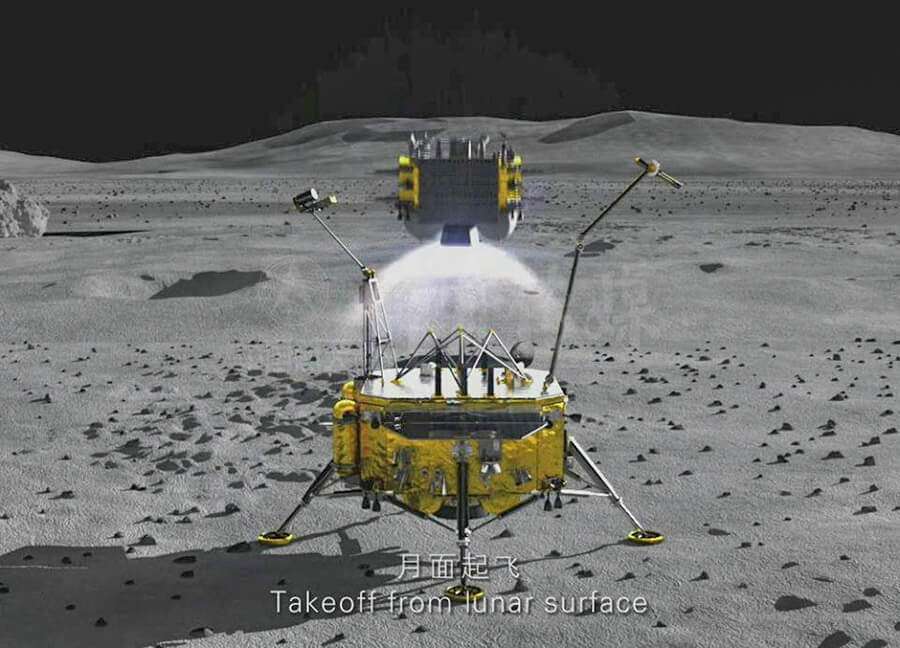
The destination of the surface module is the vicinity of Mount Rümker, an elevation of 70 kilometres in diameter located in the northwest of the visible face of the Moon. The site has been chosen by Chinese scientists because they believe the soil in that region to be much younger and to contain minerals of greater interest than those brought to Earth by Americans and Soviets.
If the planned landing on the moon is successful and the surface module lands smoothly in late November, Chang'e-5 will take samples for about 14 Earth days, equivalent to a single lunar day. During this time, its solar panels will be continuously illuminated by the Sun, so the batteries will be charged and all instruments and equipment will be operational. In particular, the drill to access the subsoil and the shovel to collect samples of regolith, the mantle of mineral fragments and stones that cover the lunar surface.

Once the mission has been completed, the ascent vehicle will take off from the top of the surface module with the samples inside, in order to fly to meet the orbital module which, together with the propulsion module, awaits around the Moon. Before leaving the lunar orbit on its way to the blue planet, the samples will be transferred to a small 350 kilogram capsule, which is the only one that must return safely to Earth.
The capsule with the precious cargo is due to land in mid-December in a desert region of the Inner Mongolian Autonomous Region, the same region where the Chinese Shenzhou capsules with astronauts on board are stationed.
If the CNSA's plans proceed as planned, Xi Jinping's China will become the third nation to score success in bringing small pieces of the moon for analysis in ground-based laboratories. Previously, American astronauts from the six Apollo missions that descended on the Moon between 1969 and 1972 brought a total of 382 kilos. Three unmanned automatic capsules from the Soviet Union - the Luna 16, 20 and 24 missions - also succeeded in the 1970s, but they collected a meagre 301 grams.
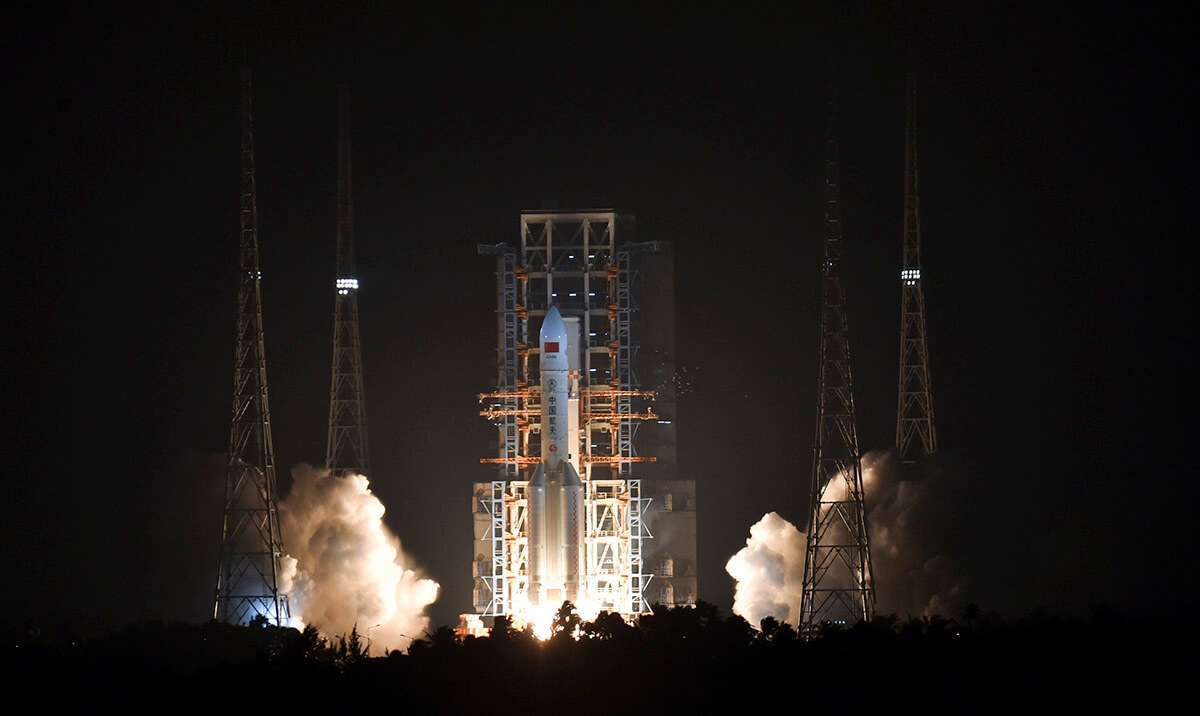
Beijing's unmanned lunar missions are a stage in the great ambition of the Communist Party that governs the country's destiny. As the project leader of the Chang'e programme, Professor Wu Weiren, has repeatedly stated, their aim is to make way for a "permanent" settlement on the lunar surface. The model chosen by the CNSA is to set up an international research base by the mid- to late-2020s, the first step towards having its first astronauts on the ground of our natural satellite by mid-2030.
Professor Ouyang Ziyuan is the initiator and founder of the Chinese lunar programme. In his opinion, the Moon is destined to become a "source of energy and resources for human beings", which he considers "crucial for the sustainable development of the Earth". Xi Jinping follows his postulates and considers that "the first to conquer the Moon will be the first to benefit from it".

Chang'e-5 is being controlled from Earth by a large number of tracking stations both at the beginning of the flight, during its stay on the Moon and in the final leg. In addition to the network of land and naval antennas that China has deployed over its extensive territory and on ships that sail the seas each time there is a space launch, the Beijing authorities have requested the support of the European Space Agency's (ESA) deep space tracking stations.
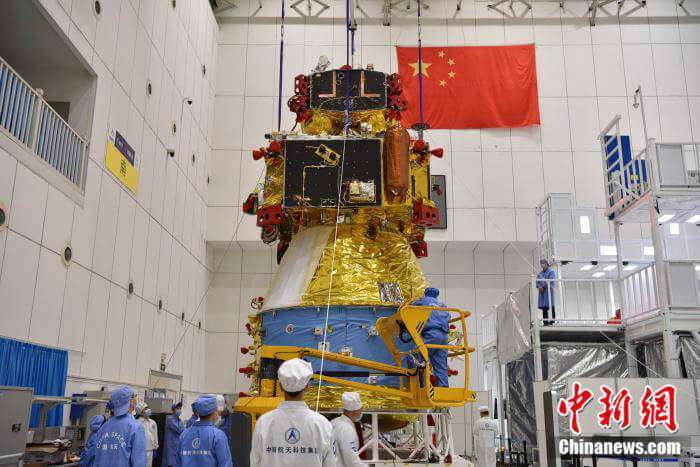
The ESA has 35-metre diameter satellite dishes in Nueva Norcia (Australia), Cebreros (Spain) and Malargüe (Argentina), together with the Spanish antenna in Maspalomas, which the National Institute of Aerospace Technology (INTA) owns to the south of Gran Canaria, the largest of the Canary Islands.
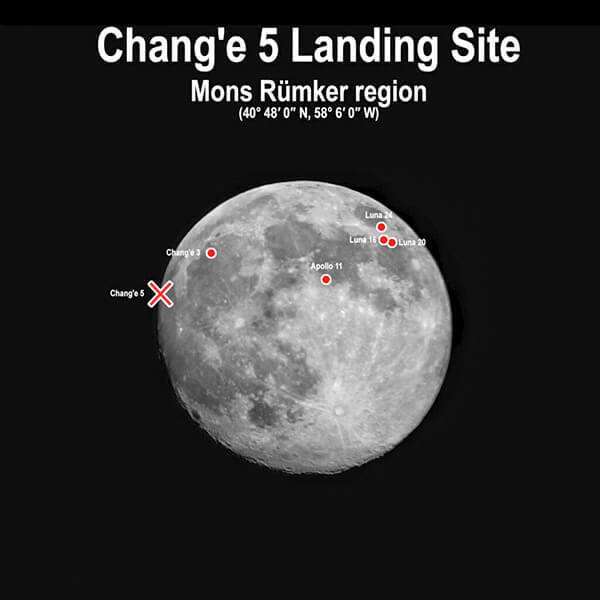
The 35-metre diameter antenna of the Neuquén Tracking Station in Argentinean Patagonia will also observe the evolution of Chang'e-5. Operated by Chinese technicians, it entered service in April 2018, in time to follow the flight path of Chang'e-4, launched in December of that year.










